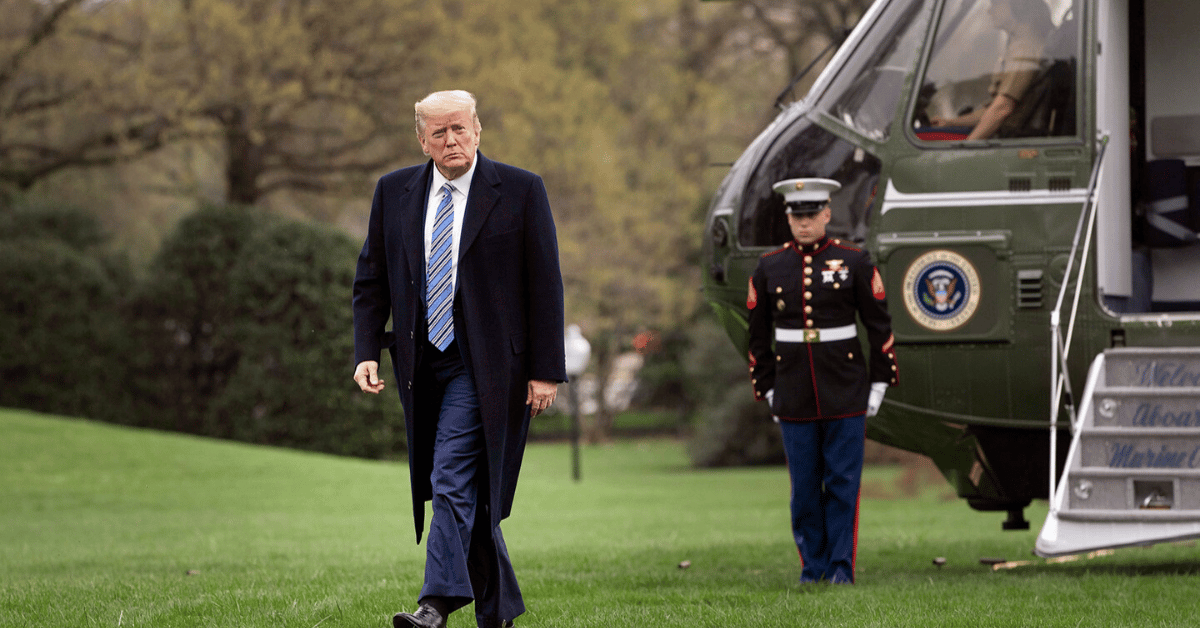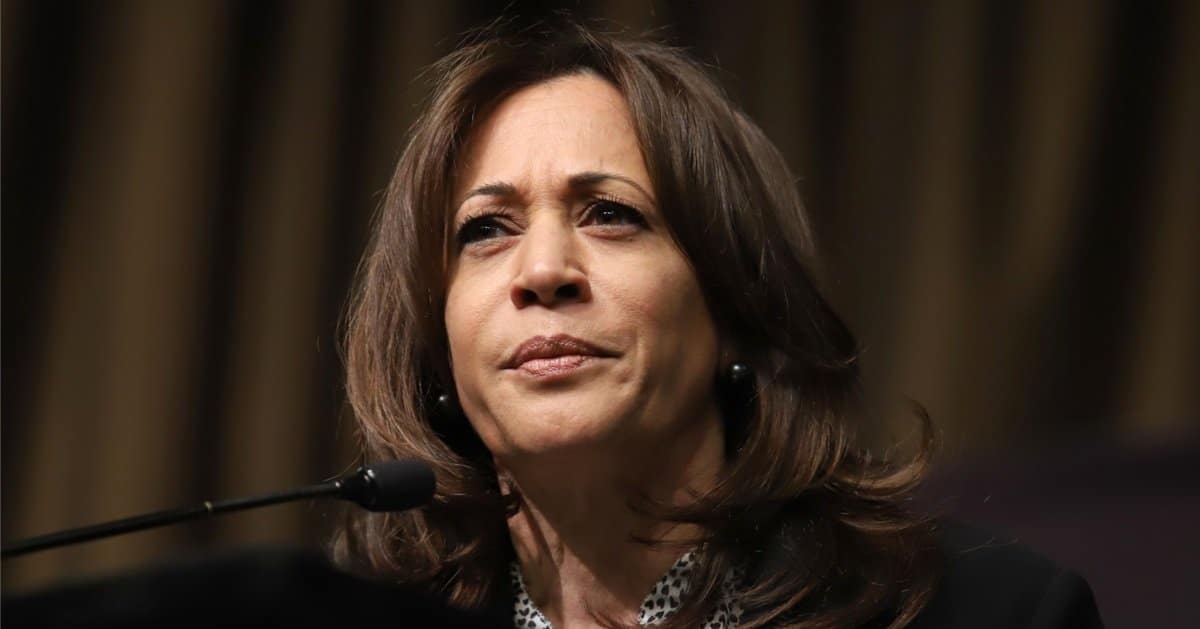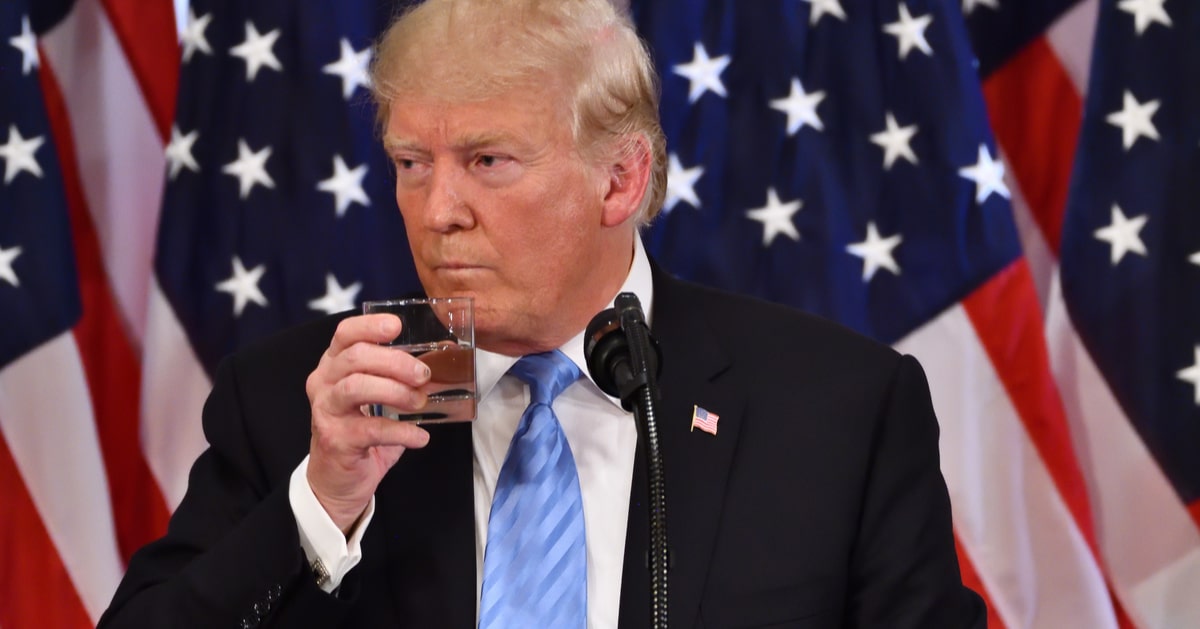


A federal judge in Washington, D.C., has temporarily halted the Trump administration's plan to place hundreds of USAID employees on administrative leave.
Fox News reported that the decision stems from ongoing legal disputes concerning the legality of these actions and claims of potential harm to both the agency and its staff.
The pivotal hearing took place on Thursday, where U.S. District Judge Carl Nichols decided to extend an existing restraining order by another week.
This move prevents the administration from proceeding with its intentions regarding the United States Agency for International Development ahead of a final ruling.
Under the latest order from Judge Nichols, the administration must reinstate those USAID employees who were already put on administrative leave. Additionally, further such actions against the employees are prohibited.
This revelation follows a prior restraining order, initially granted to halt an action that would have significantly impacted around 2,200 employees of USAID.
These workers, especially those stationed overseas, were instructed to return to the United States within 30 days.
Judge Nichols outlined that implementing the plan without full legal resolution could result in significant and lasting damage to the individuals affected by the leave order. This perspective has fueled further debates among legal advocates and those representing the agency personnel.
The ongoing argument includes the perspective from the Department of Justice, which characterizes the dispute as a matter largely concerning "personnel nature." The Department suggested the issue might be best addressed through the Merit Systems Protection Board's appeals process.
Nevertheless, there is resistance to this line of reasoning. Karla Gilbride, representing the plaintiffs, argued the measures go beyond simple personnel decisions.
Gilbride insisted that these steps resemble "an unprecedented dismantling of a congressionally created agency," emphasizing the serious constitutional questions raised by the administration's approach.
In a previous ruling, Nichols had acknowledged the severe potential for "irreparable harm" stemming from the administration's plans. This assessment has bolstered the plaintiffs' arguments in seeking a more substantial legal remedy.
Meanwhile, the Justice Department pointed to a prior determination by U.S. District Judge George O'Toole, which upheld a similar program initiated by the administration.
The parallel drawn by the Department did little to sway Judge Nichols's current stance, as he emphasized the unique and far-reaching impact on affected employees.
The atmosphere around the issue remains charged, as stakeholders anticipate the final ruling expected on February 21. This decision will potentially reshape the future operations of USAID.
Supporters of the restraining order find hope in Judge Nichols's interim ruling, maintaining confidence that their concerns about the agency's integrity are being heard.
Hamilton, a representative from the Department, noted that "98% of those placed on administrative leave were in the US and the remaining were in developed nations like the UK," attempting to downplay the perceived severity of the agency's displacement.
Amidst these developments, supporters of the administration's plans argue that reorganizing federal agencies can be a necessary step towards efficient governance.
However, the plaintiffs believe that the methods being employed here overstep executive authority, endangering the functional purpose of an established body that serves significant international roles.
As contestants await the final judgment, the case spotlights broader issues regarding the management of federal institutions and their resilience against political and administrative shifts.



